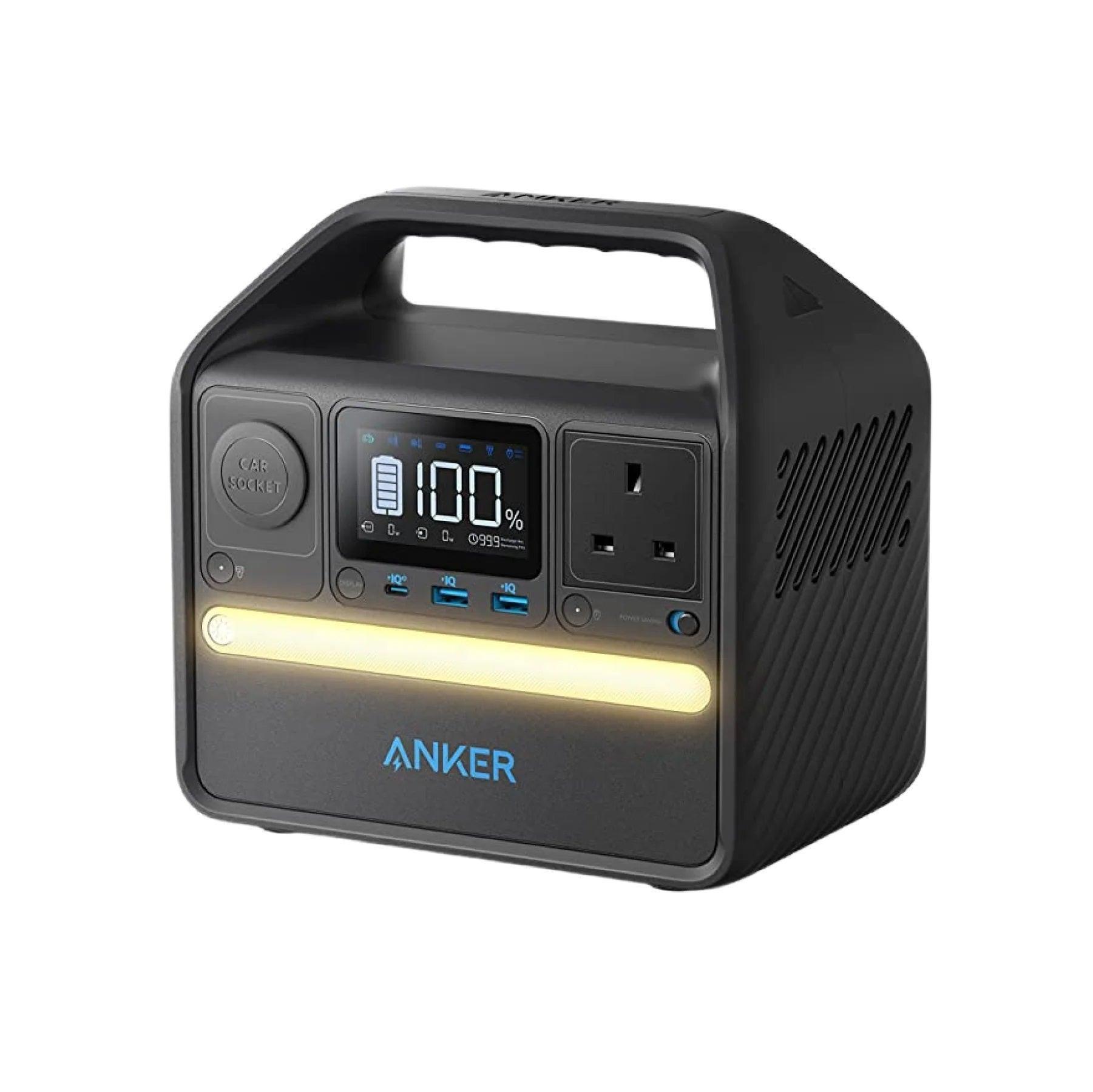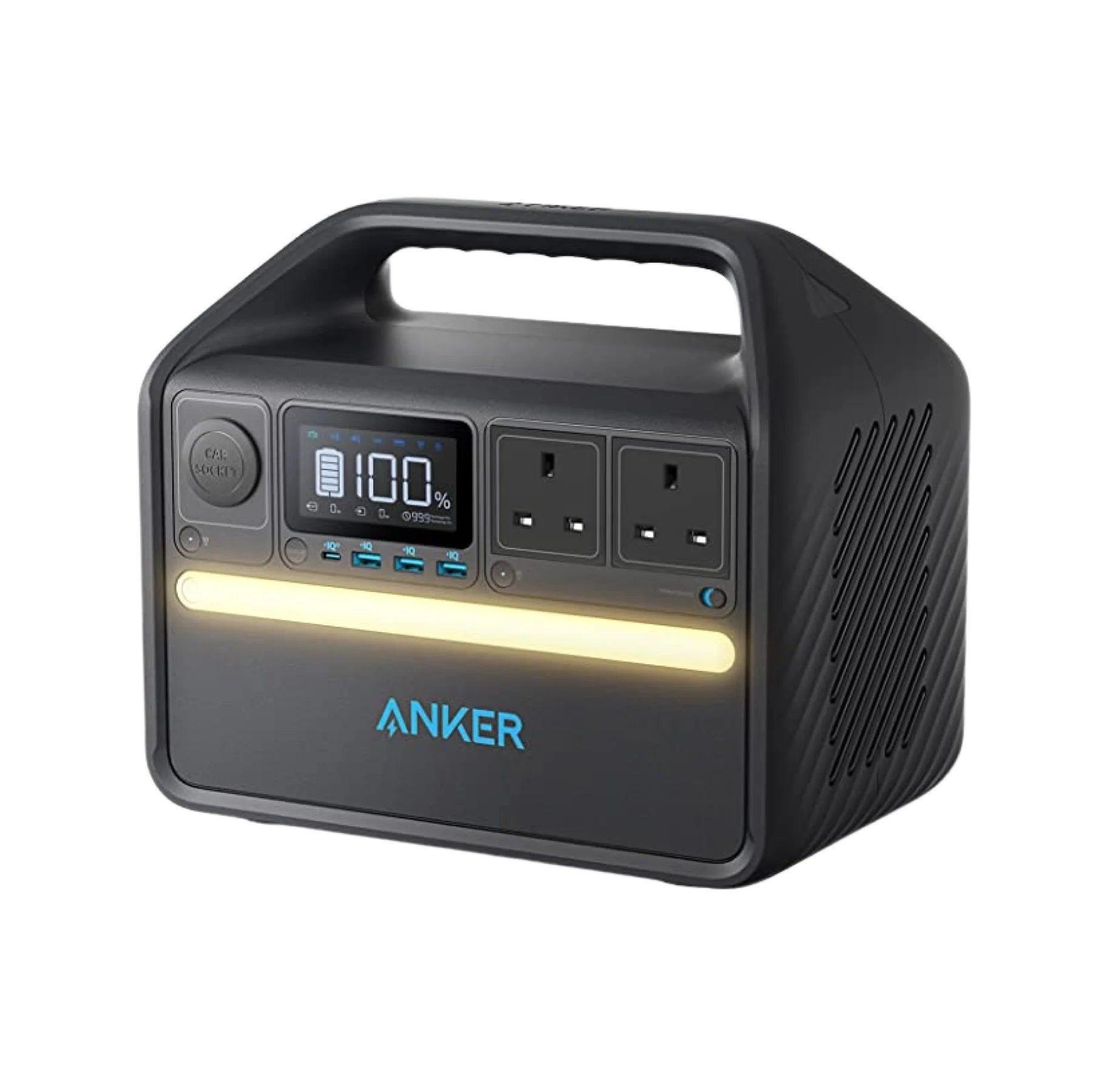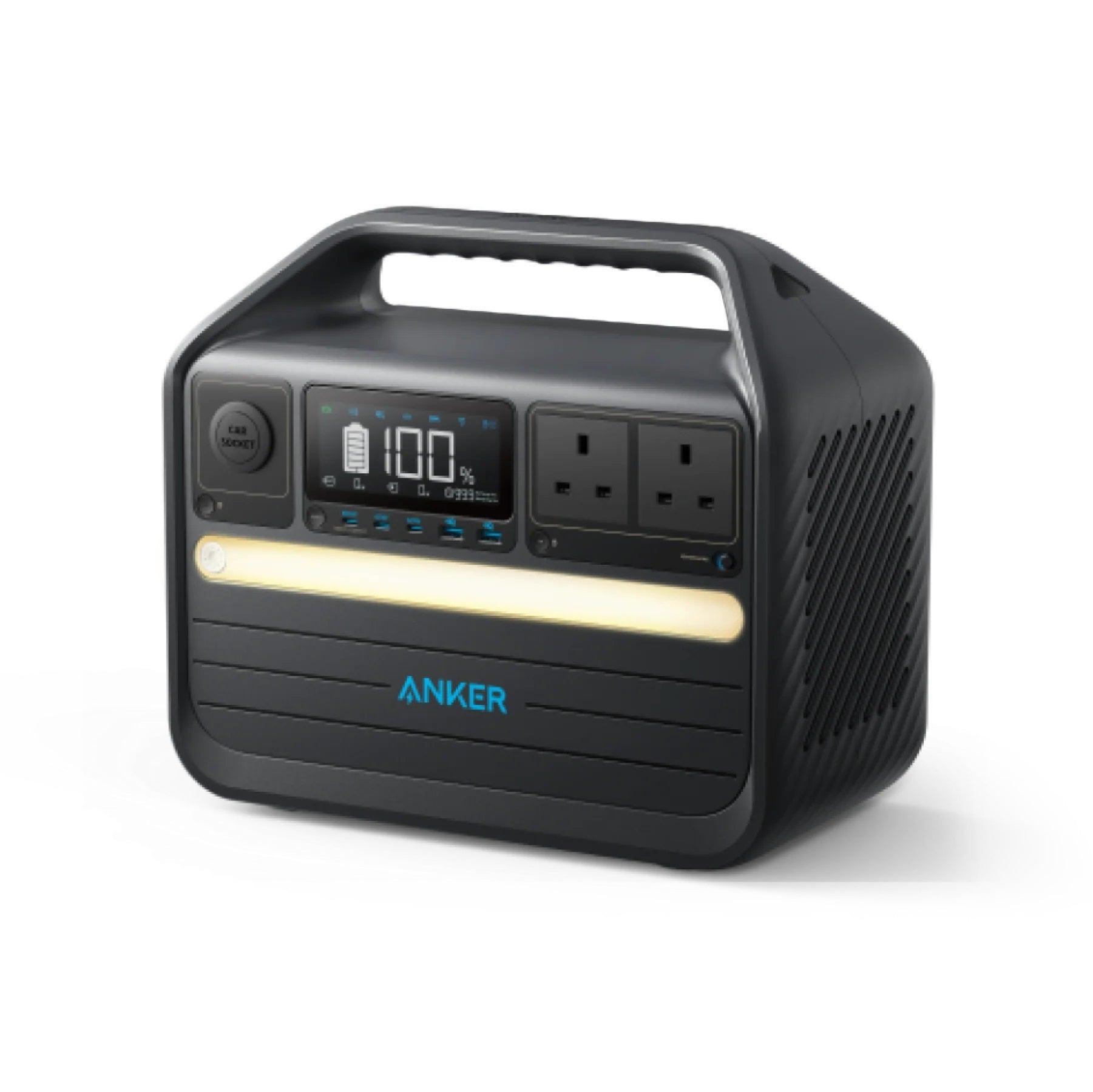Camping is a wonderful way to connect with nature and enjoy the great outdoors. But what happens when Mother Nature decides to shower you with rain? Don't let a little rain dampen your camping spirit! With the right preparation and mindset, camping in the rain can be a unique and unforgettable adventure. In this blog post, we'll provide you with a camping in the rain checklist, expert tips, and exciting activities to make the most of your rainy camping experience.

Camping in the Rain Checklist & Essential Gear
Camping in wind and rain can be an exciting and memorable adventure with the right gear and preparation. Here's a complete checklist and essential gear that will keep you prepared and comfortable throughout your trip.
Shelter
- Waterproof Tent: Choose a tent with a rainfly and proper waterproofing to keep you dry. Set it up on slightly elevated ground to avoid water pooling.
- Groundsheet/Tarp: Lay a groundsheet or tarp underneath your tent to provide an extra layer of protection against moisture seeping through the ground.
- Rainfly: Ensure your tent's rainfly is in good condition and properly secured. It should cover the entire tent and have a good waterproof rating.
- Sleeping Bag and Mat: Choose a sleeping bag with a waterproof shell or use a waterproof sleeping bag liner. Use an insulated sleeping mat to keep you off the cold and damp ground.

Necessary Items
- Waterproof Clothing: Pack moisture-wicking and quick-drying clothing, including rain gear such as waterproof jackets, pants, and waterproof hiking boots. Carry extra pairs of socks to keep your feet dry.
- Food: Pack non-perishable food items that can withstand moisture, such as canned goods, granola bars, trail mix, and dried fruits and consider bringing food items that can be eaten without cooking, such as sandwiches, wraps, or ready-to-eat snacks. Don't forget to use sealed plastic bags or waterproof containers to store food items and keep them dry.
- Water: Ensure you have an adequate supply of clean drinking water. If you're unsure about the availability of safe water sources at your camping location, bring enough water for drinking, cooking, and cleaning purposes. If you plan to use natural water sources like rivers or streams, bring a water filter or purifying tablets to treat the water before consumption.
Additional Gear
- Portable Power Station: A portable power station can be a valuable asset in providing power for various needs during your outdoor adventure. It can charge your electronic devices such as smartphones, cameras, and GPS devices, ensuring you stay connected and have a reliable power source.
- Headlamp or Flashlight: A headlamp or flashlight is crucial for illuminating your surroundings at night, making it easier to navigate around the campsite or perform tasks in low-light conditions.
- Multi-Tool: A versatile multi-tool can come in handy for various tasks, such as repairing gear, cutting ropes, opening cans, and more. Look for one with essential tools like pliers, a knife, screwdrivers, and a bottle opener.
- First Aid Kit: It's crucial to have a well-stocked first aid kit that includes bandages, antiseptic ointment, pain relievers, tweezers, and other basic medical supplies. Be sure to include any necessary personal medications or prescription drugs.
- Fire Starter Kit: Pack a reliable fire starter kit, which may include waterproof matches, a lighter, or a fire starter rod. It's essential for warmth, cooking, and providing light at night.

Tips for Camping in the Rain
Now that you have the essential gear, you may wonder how to camp in the rain. Here are ten valuable tips to make your camping experience in the rain more enjoyable:
1. Choose a Safe Campsite Location
When setting up your campsite, choose a safe location with higher ground and natural drainage. Avoid flood-prone areas and camping near water sources to minimize the risk of heavy rainfall or flash floods. Prioritize higher ground to prevent water pooling around your tent and ensure equipment protection. Assess the area's topography to enhance your camping experience and ensure safety for yourself and fellow campers.
2. Create a Rain Shelter
To prepare for unexpected rain showers while camping, create a rain shelter using tarps or rainflies. This covered area outside your tent provides refuge from the rain, keeps your gear dry, and allows for relaxation. Securely fasten the shelter to trees or poles, ensuring a tight stretch and proper angling for drainage. Regularly check and secure the setup against strong winds.
3. Dry Out Wet Items
If your gear gets wet, prioritize drying it as soon as possible to prevent mold and mildew. Take advantage of breaks in the rain to hang wet items under a tarp or in a covered area. Use a clothesline inside your tent for smaller items like socks or gloves.
4. Building a Campfire in the Rain
Building a campfire in wet conditions can be challenging, but it's not impossible. Look for dry firewood or consider carrying fire-starting aids like waterproof matches or fire starters. Find natural sheltered areas, such as under-tree canopies, to protect the fire from rain. Always follow fire safety guidelines and be aware of any campfire restrictions.
5. Stay Dry with Rain Camping Clothing
Invest in high-quality rain gear, including a waterproof jacket, pants, and gaiters. These will help keep you dry during downpours. Wear moisture-wicking base layers to regulate your body temperature and prevent sweating. Choose waterproof footwear and pack extra pairs of socks to keep your feet dry and comfortable.
6. Keep Your Gear Dry with Waterproof Backpacks
Use a waterproof backpack or a backpack rain cover to protect your gear from rain. Pack essential items in dry bags or resealable plastic bags to keep them dry and organized.
7. Stay Warm If You Get Wet
Even with rain gear, it's possible to get wet in heavy rain if you tent camping in the rain. To stay warm, change into dry clothes as soon as possible. Layer up with moisture-wicking base layers and insulating clothing. Consider bringing extra blankets or a sleeping bag liner for added warmth.
Remember, camping in the rain requires extra preparation and caution. Always prioritize safety, check weather forecasts beforehand, and be prepared for changing conditions.
Rainy Day Camping Activities
Don't let the rain put a damper on your camping experience. There are plenty of activities you can enjoy indoors or during breaks in the weather. Find some ideas to keep everyone entertained below:
- Board Games and Card Games: Challenge your family and friends to a friendly competition with board games, card games, or puzzles. These classic activities are perfect for spending quality time together.
- Storytelling and Campfire Tales: Gather around the campfire or inside the tent and share stories, legends, or spooky tales. It's a great way to bond and create lasting memories.
- Arts and Crafts: Bring along art supplies and encourage everyone to get creative. Painting, drawing, or making nature-inspired crafts can be both entertaining and therapeutic.
- Movie Time: If you have access to electricity through your portable power station, set up a small outdoor movie theater or enjoy a movie marathon inside the tent. Don't forget the popcorn!
- Rainy Hikes and Explorations: When the rain subsides or lightens up, take the opportunity to explore the surrounding area. Put on your rain gear and go for a hike, bird watching, or wildlife spotting.
- Relax and Read: Indulge in a good book or catch up on your favorite magazines. The soothing sound of rain can create the perfect ambiance for some peaceful reading time.
What You Should Do After Camping in the Rain
After a wet camping trip, it's essential to take proper care of your gear and yourself. Here's what you should do once you're back home:
- Dry and Clean Your Gear: Unpack your gear and let it dry completely before storing it. Clean your tent, rainfly, and other equipment following the manufacturer's instructions. This will prevent mold and mildew growth.
- Air Out Your Tent: Set up your tent in a well-ventilated area to allow it to air out completely. This will help eliminate any residual moisture and prevent odors.
- Wash and Dry Your Clothing: Launder your wet clothes as soon as possible to prevent stains and odors from setting in. Follow the care instructions on each garment and ensure they are completely dry before storing them.
- Recharge Your Portable Power Station: Recharge your portable power station and any other rechargeable batteries used during the trip. This will ensure they are ready for your next outdoor excursion.
Conclusion
Camping in the rain can be an exciting and rewarding experience if you come prepared. By following the camping in the rain checklist and having the essential gear, you can stay dry and comfortable throughout your trip. Remember to choose the right campsite, set up your tent correctly, and create a rain shelter for additional protection. Pack entertainment options and engage in rainy day camping activities for adults and kids to keep everyone entertained. After your camping trip, take the necessary steps to dry and clean your gear and recharge your portable power station. By following these tips and suggestions, you can make the most of your rainy camping adventure and create unforgettable memories.
[ddshopfaq-59544]













